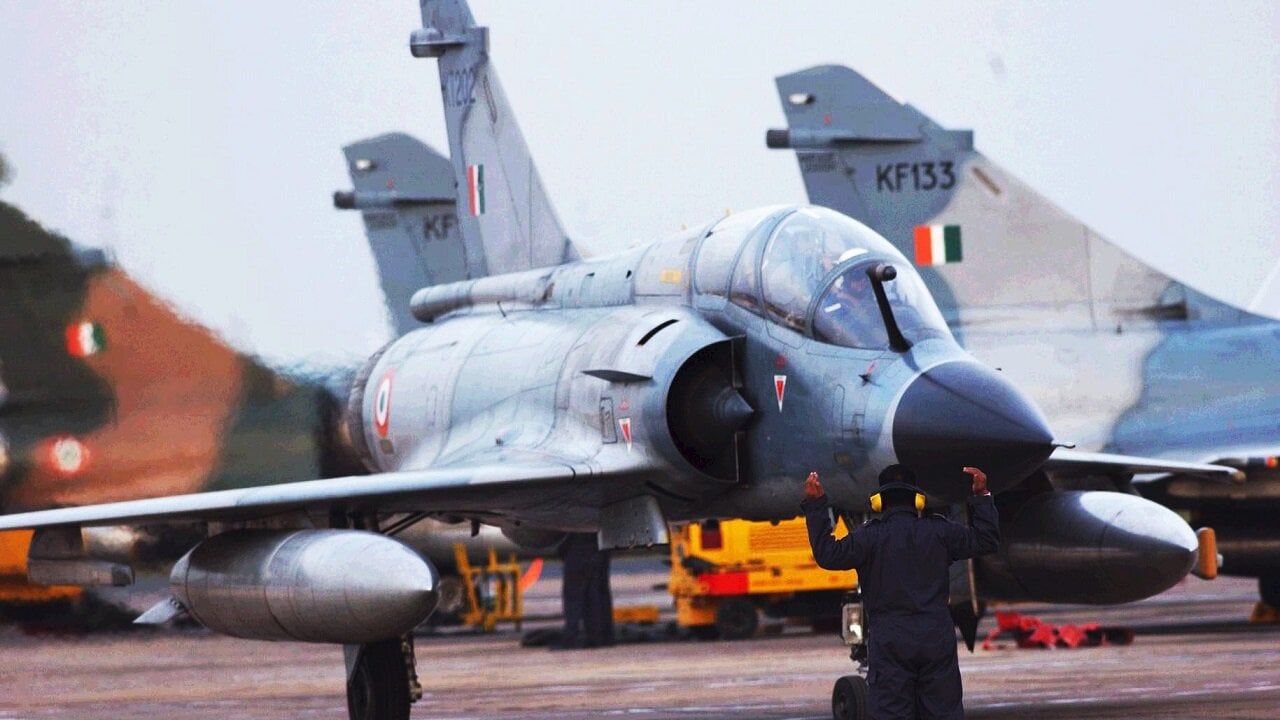The French Mirage 2000 fighter jet burst into operational service in 1984 after several years of development and was eventually flown by nine countries. The single-engine multi-role fighter was eventually flown by Peru, Egypt, Taiwan, India, and other allied countries while also evolving into more advanced variants.
Mirage 2000: Headed to Ukraine?
Now, a Bulgarian news magazine called bulgarianmilitary.com says as many as 40 Mirage 2000 aircraft may be heading for Ukraine to help fight the invading Russian air and ground forces. However, this has since been denied by France.
Mirage 2000: What We Know
Throughout the years of its development, Dassault Mirage 2000 variants have functioned as both one and two-seater aircraft and even operated with a 2000-N nuclear variant and a Mirage 2000-D with laser-guided weapons, low-drag bombs and an ability to carry the APACHE cruise missile, according to a report from the Federation of American Scientists on the Mirage. The Mirage 2000-D also has automated terrain-following technology, something which greatly improves targeting possibilities.
“The Mirage 2000D tactical penetration two-seater fighter carries air-to-ground high precision weapons which can be fired at a safe distance, by day or by night. Its navigation and attack system enable it to fly in any weather conditions, hugging the terrain at a very low altitude,” the FAS report says. The 2000-D is also significant because of its all-weather night and day bombing capability and high-precision bombing, technologies considered cutting-edge in the 1980s and 1990s. The aircraft was also advanced for its time due to its fly-by-wire system and inertial navigation technology systems, cited in the FAS description.
Was Mirage Ahead of its Time as 4th-Gen Fighter?
While clearly a 1980s-era 4th-generation aircraft, the Mirage is known for some significant technical attributes such as its RDY radar and visualization control system.
Upgrades throughout the years arguably put the Mirage ahead of its time as the fighter jet was integrated with digital cockpit displays. The Mirage 2000-5 RDY radar, for instance, allows a fighter to track multiple air and ground targets.
“The Mirage 2000-5 is a multi-role single-seater or two seater fighter. It differs from its predecessors mainly in its avionics; its new multiple target air-to-ground and air-to-air firing procedures linked to the use of RDY radar and its new visualization and control system,” the FAS essay explains.
The Mirage 2000 production line was stopped some years ago. However, it would be significant to learn more about how much it has been upgraded and maintained.
Clearly, some of the variants of the French Mirage incorporate some for-its-time advanced technologies. The aircraft is listed with a low thrust-to-weight ratio at .07, which might suggest more limited maneuverability and acceleration. Yet, it can reach speeds of Mach 2.2 and operate with a “bomb-truck” -like ability to take off with 37,479 pounds of ordnance.
U.S. 1980s aircraft such as the F-15, for example, has now been upgraded with advanced multi-target-tracking AESA Radar, yet it would be interesting to see how 1980s and 1990s F-15 targeting and radar technology compared to the Mirage at the time.
Kris Osborn is the Military Affairs Editor of 19FortyFive and President of Warrior Maven – Center for Military Modernization. Osborn previously served at the Pentagon as a Highly Qualified Expert with the Office of the Assistant Secretary of the Army—Acquisition, Logistics & Technology. Osborn has also worked as an anchor and on-air military specialist at national TV networks. He has appeared as a guest military expert on Fox News, MSNBC, The Military Channel, and The History Channel. He also has a Masters Degree in Comparative Literature from Columbia University.

